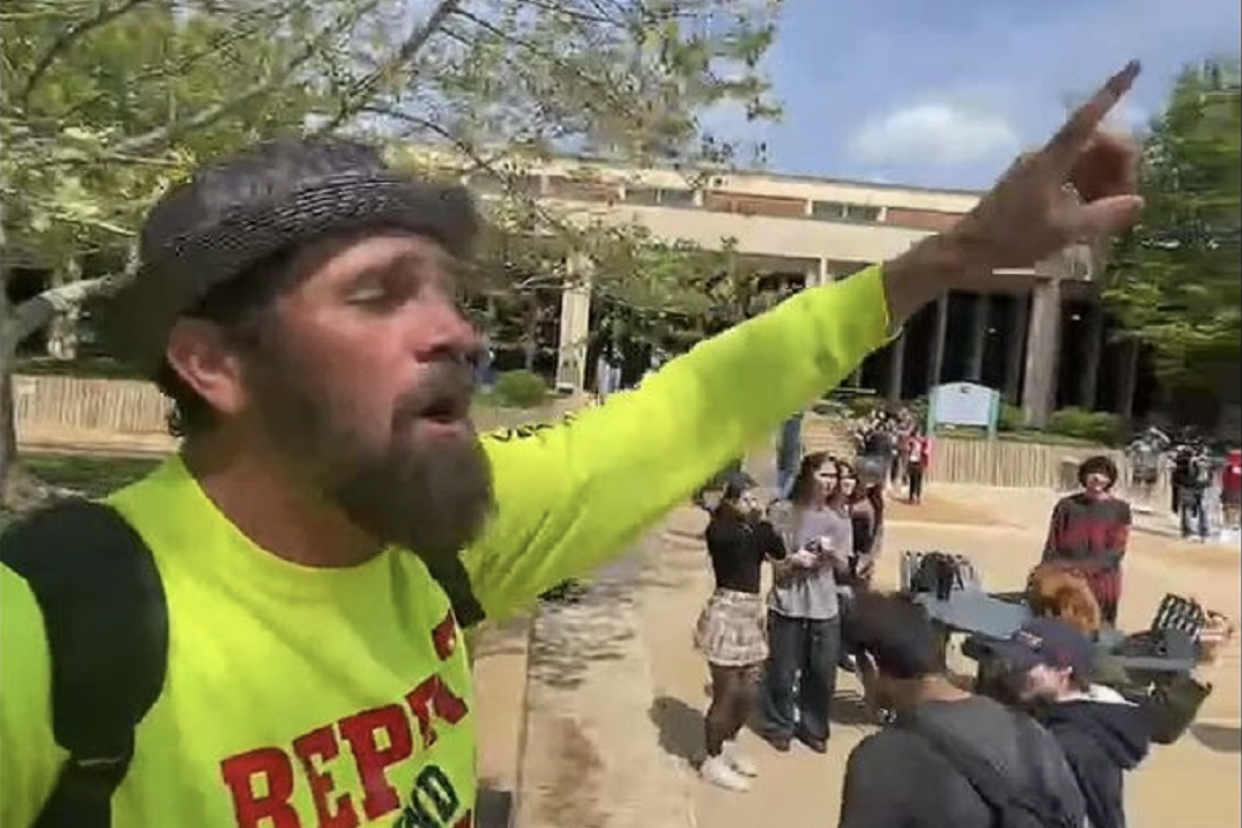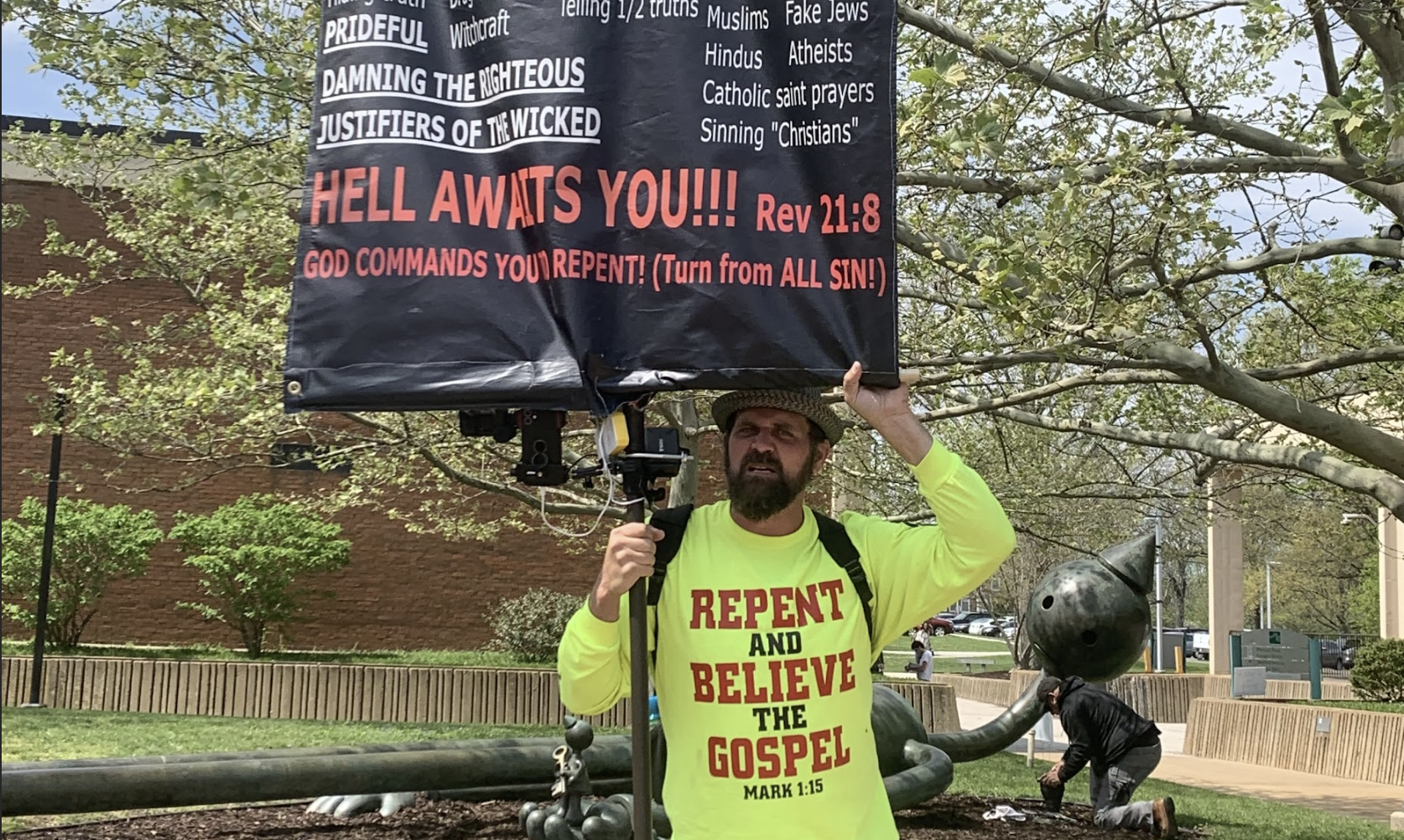Public Transit Woes in Saint Louis
BY: GENEVA LEE
News Editor

“Hole!”
“Hole!”
“Holes!”
I was cycling tonight with my Monday bike group, and throughout the entire ride, people cried warnings and pointed to potholes. Last week, I spent an hour and a half on the MetroLink, bus and walking instead of driving 15 minutes home from the airport. The only way that anyone can reasonably get around Saint Louis is by car, unless they live next to a MetroLink stop and only go to Lambert and baseball games.
This isn’t just a pet peeve: Saint Louis has some of the worst public transit among major cities in the U.S. according to KMOV, and it has a profoundly negative effect on Saint Louisans’ lives. Driving in personal vehicles is expensive — the average American spends over $5,000 annually on car insurance, repairs, and gas; let alone the cost of purchasing a car. This renders cars cost-prohibitive for many people, especially in a city where one in five people live in poverty, according to the U.S. Census Bureau’s 2019 estimates. And in cities without robust public transit systems, long commutes can make it impossible for people to work outside of their immediate vicinity. Getting off at 5:00 p.m. then taking the bus for two hours isn’t an option when the kids need to be picked up from the babysitter.
Public transit is also a matter of racial equity: The Pew Research Center found that Black and Hispanic people are thrice and twice, respectively, as likely as white people to use public transit daily. In St. Louis, Saint Louis Public Radio (STLPR) reported that Black Indigenous People of Color (BIPOC) are exposed to much higher levels of carcinogenic air pollution, with the highest exposure in neighborhoods along I-64 and I-70, as most of the air pollution is emitted by vehicles. And lower socioeconomic individuals, who are disproportionately BIPOC, tend to drive older, less fuel-efficient cars leading to higher gas bills and more costly repairs.
Long vehicular commutes are also detrimental to well-being and happiness, as the late economist Alan Krueger found, and they impede productivity — the average daily commute in the U.S. is close to an hour and increasing, according to the U.S. Census Bureau. While travelling by bus or train it is possible to work while seated, but driving a car requires all focus.
To boot, cars are terrible for the environment and dangerous. The transportation sector contributes 29% of carbon dioxide emissions in the U.S., according to the EPA, and the Federal Transit Administration reports that cars have about 10 times as many deaths per passenger mile as buses.
Cars are deadlier, more polluting, expensive and mind-numbingly boring than buses, trains and bikes. Yet Saint Louis has failed to provide a sound transit system. The Metrolink almost exclusively serves the Central Corridor, and more than one-third of the city and county is more than a mile from the nearest bus stop, according to the Show-Me Institute. Additionally, the Riverfront Times reported that Saint Louis is ranked among the worst cities in America for potholes, which are deadly for cyclists.
I am sick of sitting in my car, burning gallon after gallon, staring at the car in front of me on hot pavement. I want to ride on the MetroLink while reading, look out the window while listening to music, talk to another passenger or bike to the store safely. Because right now, the closest Metrolink stop to STLCC-Meramec is six miles away, and the “bike lane” on Clayton Road is just the street with a bike painted in the right lane every few miles, a pretty weak reminder for drivers to not hit and kill me when we’re forced to share a lane.
And the godforsaken Loop Trolley System, which is hoping to make a revival, isn’t going to help.











